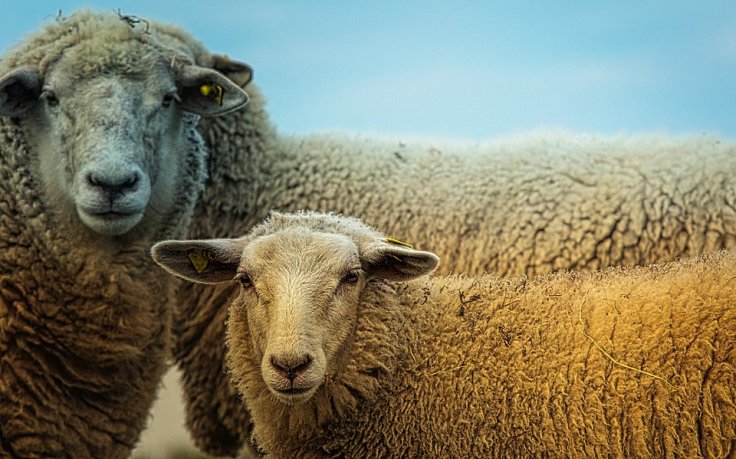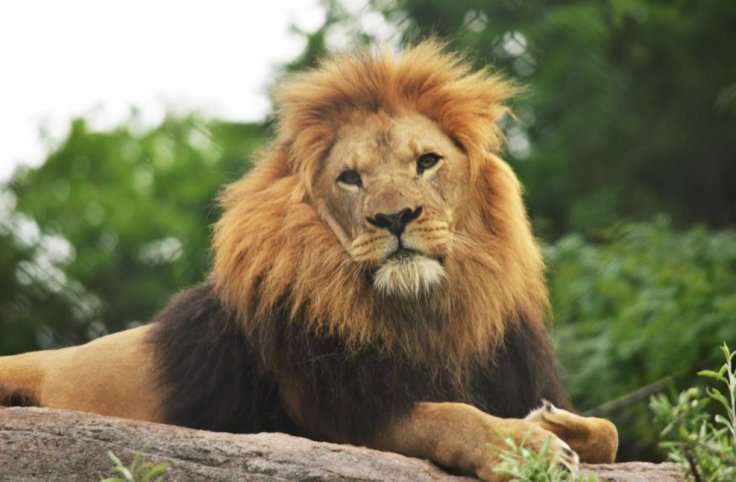After exposing the weaknesses of the human body and its vulnerability to unknown pathogens, the SARS-CoV-2 virus' next target may be other mammals—not one or two but over two dozen species. According to a new study, over 25 animals may be vulnerable to the new coronavirus that is the cause of the raging COVID-19 pandemic.
Several instances of infections, in both wild and domesticated animals have been reported, and recent studies have proven that certain species may be susceptible to the virus. However, the study led by researchers from University College London (UCL) has shown in large modeling that 26 species of mammals that are regularly in contact with human beings may be highly susceptible to the lethal viral infection.
"The animals we identified may be at risk of outbreaks that could threaten endangered species or harm the livelihoods of farmers. The animals might also act as reservoirs of the virus, with the potential to re-infect humans later on, as has been documented on mink farms," said Prof. Christine Orengo, lead author of the study said in a statement.

Understanding Infection In Animals
For the study, the authors examined the action of the spike protein—the structure using which the novel coronavirus gains entry into human cells—as it bound with ACE2 receptors in the cells of 215 animals, much like how it does with human cells.
The primary focus of the study was to ascertain whether a mutation in the ACE2 protein among these animals would diminish the viral protein of the pathogen with the host cell's protein. Though the possibility of infection through another pathway exists, current evidence suggests that the virus cannot infect cells without stable binding with ACE2.
The scientists learnt that in animals such as great apes—bonobo, chimpanzee, gorilla and orangutan—and sheep, the binding between the spike protein and ACE2 was as strong as it was in human cells. However, animals such a sheep have not been investigated through infection tests. Therefore, the confirmation that these animals can be infected indeed is unfound.
"We wanted to look beyond just the animals that had been studied experimentally, to see which animals might be at risk of infection, and would warrant further investigation and possible monitoring," added Prof. Orengo.

Mammals at Highest Risk
In addition to this, the team also conducted an elaborate structural analysis for certain animals, in order to develop a clearer understanding of how the risk of infection may vary across species. Through the comparison of these findings with other experimental data, a threshold to predict the animals with increased risk of infection, and those who cannot be, was set.
It was found that a majority of fish, birds, and reptiles, show no risk of infection. However, most mammals investigated showed a high potential for infection. "The details of host infection and severity of response are more complex than just the interactions of the spike protein with ACE2, so our research is continuing to explore interactions involving other host virus proteins," explained Prof. Orengo.
Employing Mitigatory Measures

The findings of the study are consistent with the reported cases of animal infections and experiments conducted in live animals. The model predicts potential infections in cats, dogs, minks, tigers and lions and macaques.
"Unlike laboratory-based experiments, the computational analyses we devised can be run automatically and rapidly. Therefore, these methods could be applied easily to future virus outbreaks that, unfortunately, are becoming more common due to human encroachment into natural habitats," said Su Datt Lam, first author of the study.









